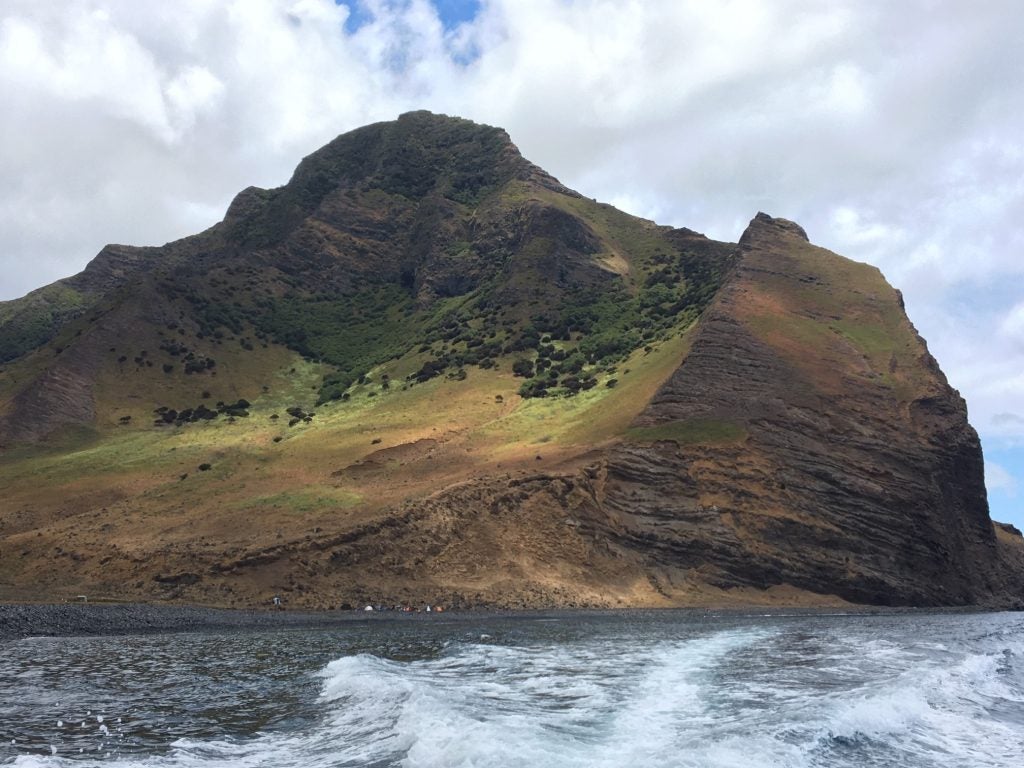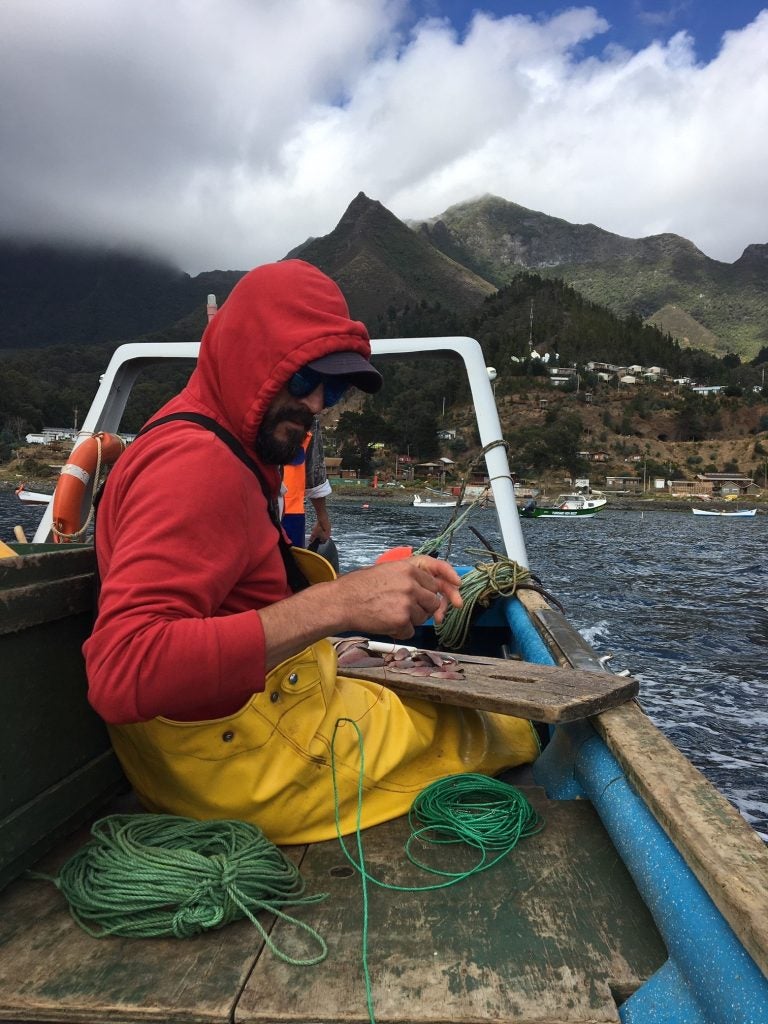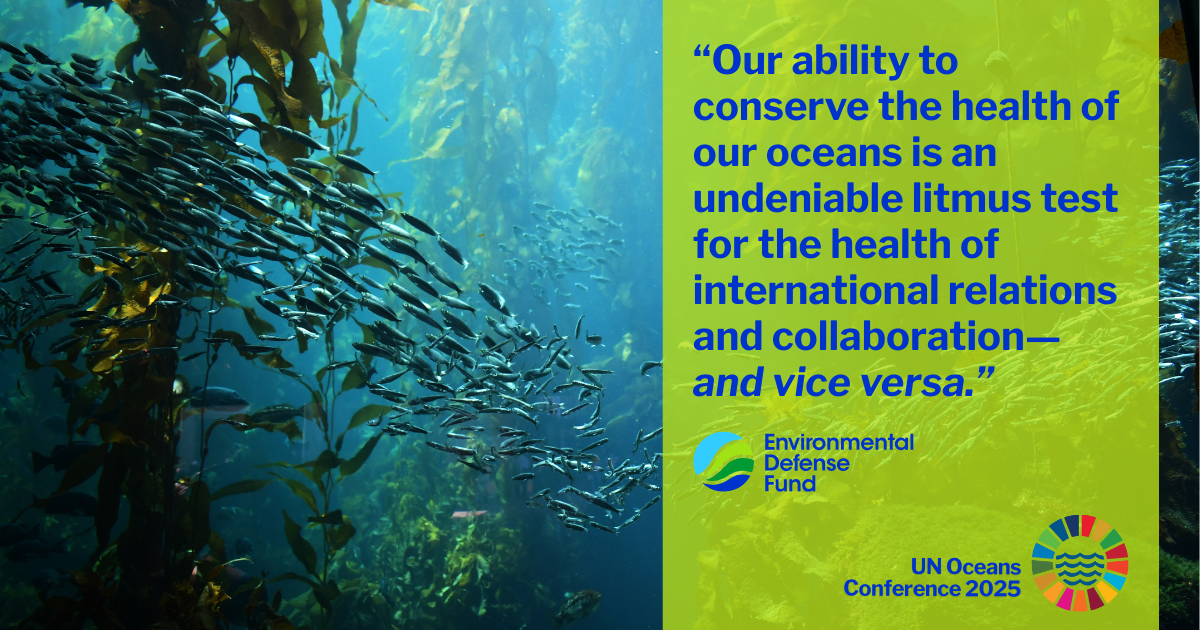What the people of Chile’s Robinson Crusoe Island can teach us about marine stewardship and resilience
 After an hour of flying in a small plane across the Pacific Ocean with no land in sight, we began to wonder how much farther it would be before we would see land again. About two hours into the flight, the peaks of one of the three volcanic islands rose above the local cloud cover, indicating that we were arriving at the Juan Fernández Islands off the coast of Chile. As we got closer, we saw the first and largest of the islands: Robinson Crusoe Island.
After an hour of flying in a small plane across the Pacific Ocean with no land in sight, we began to wonder how much farther it would be before we would see land again. About two hours into the flight, the peaks of one of the three volcanic islands rose above the local cloud cover, indicating that we were arriving at the Juan Fernández Islands off the coast of Chile. As we got closer, we saw the first and largest of the islands: Robinson Crusoe Island.
As we approached, the plane teetered within the localized winds from the massive cliff. Smoothly, we descended in the plane to the only runway serving the people on Juan Fernández and Desventuradas islands. After landing, we walked in a seemingly barren landscape down to an isolated bay to find the first of many Juan Fernández fur seal rookeries — teeming with life.
On a small vessel, we began our journey around the island toward the only town inhabited year-round. Arriving on the north coast, Cumberland Bay sits in the shadow of the volcanic peaks that form the spine of Robinson Crusoe Island. Immediately lush woods, streams and pastures surround you. Here is the island’s only settlement, San Juan Bautista, a community of islanders with rich traditions of perseverance and appreciation of the ocean.
The community that is the Juan Fernández and Desventuradas islands is an exceptional example of environmental stewardship for resilient people and marine ecosystems. The community has a rich tradition of managing the marine resources locally. Previous community-led management efforts have focused on lobster — a globally important fishery — exported to Asia, with the development of large marine protected areas, seasonal closures, size limits and restrictions on catching females with eggs.
Perhaps most important of the lobster regulations, the right to fish lobster cannot be bought and sold. Each of the 150 or so fishing families has its own “marca,” a designated fishing ground that is passed down from parent to child. Juan Fernández fishing has remained essentially unchanged, whereas the rest of the world has expanded its fishing fleet and access to technology to track down fluctuating fish stocks. Similarly unchanged with time in the archipelago is the hope of the community to be sustainable, as the islanders’ lives are defined by the ocean, and local fisheries are critically important for the future of the community. The fishery management practiced in the Juan Fernández and Desventuradas community can serve to inform other fishing communities around the planet about sustainability, especially among a changing climate.
 Just like all marine systems around the world, the people living and fishing within the Juan Fernández and Desventuradas islands will acutely feel the impacts of climate change. As such, the community is being proactive and starting to plan for the known and potential unknown impacts of our changing world. This collaborative work has already begun in order to develop Chile’s first climate-adaptive multispecies management plan for the many other fisheries that this island depends on for sustenance and tourism, as well as for bait for the famous lobster fishery.
Just like all marine systems around the world, the people living and fishing within the Juan Fernández and Desventuradas islands will acutely feel the impacts of climate change. As such, the community is being proactive and starting to plan for the known and potential unknown impacts of our changing world. This collaborative work has already begun in order to develop Chile’s first climate-adaptive multispecies management plan for the many other fisheries that this island depends on for sustenance and tourism, as well as for bait for the famous lobster fishery.
Long before “sustainability” became a lifestyle choice, the community has followed practical rules to protect their lobsters, ecosystems and livelihoods. The long-term benefits of proactive planning and fishery management practices of the islanders are an exemplary example of locally-implemented fisheries management practices; this can be replicated throughout the region for resilient fisheries. Fishers, community members, scientists, industry and the government are coming together to collaboratively collect information and set goals to develop a pathway for resilient fisheries, resilient ecosystems and resilient islanders in the face of climate change.
Considering that over 60% of the marine species on this island are indigenous — including native species of algae, birds, marine mammals and, in particular, shellfish and fish — this multispecies management plan will be extensive. All the marine species within these islands are connected. For example, the lobster trap fishery is highly selective, with a minimal amount of other species captured or retained for consumption; bait for the lobster trap is harvested in two fisheries: a handline fishery that catches the small pelagic and demersal species used to catch the main trap bait species. Many of the bait species are also popular for direct human consumption. The initial work for the climate-adaptive multispecies management plan has begun; it includes identifying all the species that need to be managed, particularly finfish that are important for maintaining the economy of the community as bait for the lobster trap fishery. The use of expert knowledge from community members and an extensive list of targets, with different ecological, economic and social interests, have also been established as part of a larger goal-setting effort for the plan.
EDF is helping the community to develop management tools for the changing climate. The pathways to resilient Juan Fernández fisheries include:
- Ensure effective fishery management and governance is in place.
- Anticipate and plan for future change.
- Enhance international cooperation for fisheries that span international borders.
- Build ecosystem resilience to help respond to the unknown.
- Principles of fairness and equity must drive policy decisions.
The specifics for each pathway to climate-ready multispecies fishery in the archipelago will be adapted to meet area-appropriate fisheries science recommendations and management tools, as promoted by recent research.
With a goal of collaboratively building resilient local management systems that ensure healthy fish populations, thriving fishing communities and ecosystem resilience, we are one step of the way toward a more sustainable future for this important and exemplary place in Chile.












